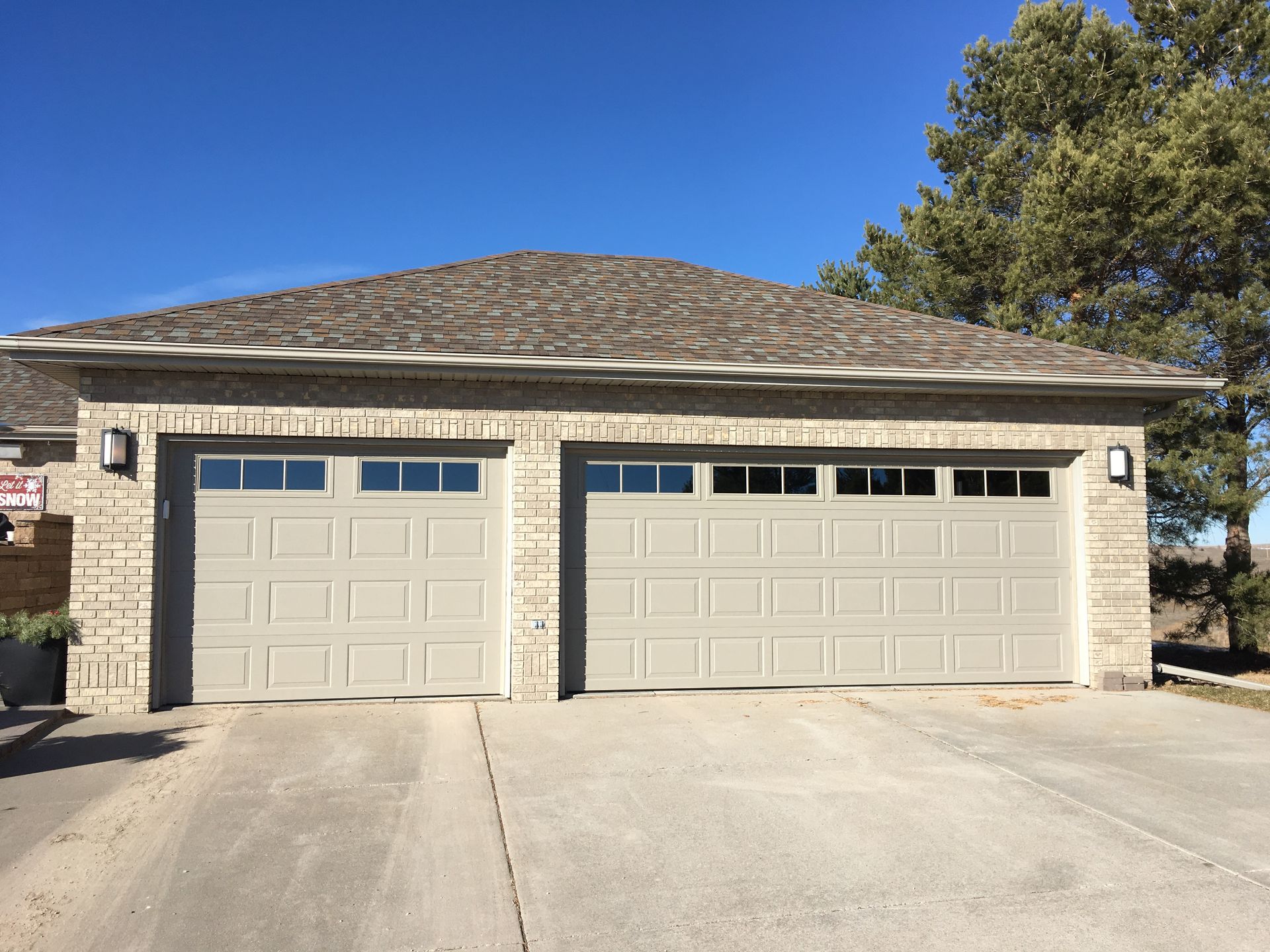Trying to decide between a flat or sloped roof? Each has its perks, but your decision should be based on your requirements, budget, and design preferences. Let’s dive into the differences between flat and sloped roofs and see which one suits you best.
Flat vs. Sloped Roofs: A Comparison
Flat Roofs
- Advantages: Flat roofs are affordable, easy to build, and offer additional space for things like HVAC systems or even rooftop gardens.
- Cons: Flat roofs require frequent upkeep to prevent water from pooling and can develop leaks if not properly maintained.
Sloped Roofs
- Advantages: Sloped roofs offer superior water drainage, are long-lasting, and enhance the aesthetic value of your building.
- Cons: Higher upfront costs and more complex construction.
Understanding the Truth About Flat Roofs
Many people think flat roofs are less durable, but they actually have a gentle slope for water runoff. When constructed with the proper materials and regularly maintained, they can last as long as sloped roofs.
Important Factors to Consider When Choosing a Roof Type
Here are the key factors to consider when choosing between flat and sloped roofing:
- Financial Considerations: Flat roofs are generally less expensive initially, while sloped roofs offer long-term savings through durability and lower maintenance costs.
- Types of Materials Used: Flat roofs often use membranes like EPDM or TPO, while sloped roofs typically feature asphalt shingles, tiles, or metal.
- Building Design: Consider the building's architecture, climate, and intended use. Flat roofs work well for modern aesthetics, while sloped roofs suit traditional homes and areas with heavy rainfall or snow.
Weathercraft's Expertise in Roofing Solutions
Weathercraft offers expert roofing solutions for both flat and sloped roofs. We work closely with you to recommend the best options based on your design preferences, budget, and local climate. We ensure top-notch materials and craftsmanship for every project.
